An update from Charlotte Beskow on the ATV-5 launch campaign – Ed.
I’ve said it before but it bears repeating: The success of each ATV mission is squarely based on joint team work… and we have a fabulous team!
28 and 29 Apr 2014
I fly to Kourou and arrive the same day as the planned launch of two Kazakstan satellites on a Vega rocket. Lift off is quite late so I decide not to watch it. In the morning, when I go to CSG [Centre Spatial Guyanais], I see the military vehicle with the military personnel keeping watch on the road. This is a sure sign that the launch last night did not take place which is confirmed by Arianespace during the morning meeting. If it takes place tonight (29 April), I can see it (if I can stay awake that long!).
Work this week is affected by the 1 May Labour Day holiday and the 2 May 2 ‘bridge’ day. ATV does not respect such niceties…
In the clean room, the final inspection of the interior of the ATV’s cargo carrier is done and then the disinfection team get busy to ensure that no germs or other pollutants are carried to the ISS.
We have a meeting scheduled to start at 22:00 (i.e. at 3:00AM according to my jet-lagged time…). I go home to get some rest – and of course wake up, fully dressed, at 21:30. I could still be in time for the meeting except that due to the launch the road to CSG is closed. I give up and go out into the parking lot to watch Vega light up the sky on its way North. Perfect launch! The meeting is quick and gives the OK to close the cargo carrier (ICC), a necessary step before we can mate it to the spacecraft (S/C).
30 April – Wednesday
I work on finalising various discussions on extra shifts needed for the coming week. Next week is another short working week – whereas the ATV team will work 24hrs/day up to Sunday.
The mechanical team are busy closing the cargo carrier so that we can mate it to the ICC.
In the afternoon we check the set up for UDMH [fuelling – Ed.] preparation.
1 May – Thursday
Despite this being a world-wide holiday, we have plans to do some air sampling, that is, a check of the atmosphere inside the recently closed cargo carrier half of ATV. However, we managed to rearrange the schedule so that this was no longer necessary.
2 May – Friday
General work to prepare for the upcoming operations. Key people for the coming days fly in from Europe.
3 May – Saturday
Today we have the main meeting to decide whether or not we can mate the spacecraft to the ICC. We start promptly at 09:00 and it takes all day before we have gone through everything.
We have done this before, but we still have to be careful and pay attention to details. Once the 300-some-odd bolts connecting the two halves of ATV are in place, the last thing you want is for someone to say, “Oh wait a second, I think there is one item inside the ICC that wasn’t concluded properly…” We look at the ‘as-runs’, i.e. the mark up of procedures which have been executed, go through open work lists, check all open issues, and etc. to determine beyond doubt that it is OK to continue with mating.
By the time we finish, night is falling…
5 May – Monday
The main event of the day is the mating. At this point in time, the ICC weighs circa 9700 kg, so tilting it to vertical and then lifting it on top of the S/C are two delicate operations.
Tilting ICC from horizontal to vertical: This happens while you listen carefully for unexpected sounds of heavy objects tumbling 🙂
That’s a good day’s work!
The post-mating tests start tomorrow. This is a complete system test in which every system is checked to ensure that we can proceed with the next step, i.e. loading propellant and gases. If the system tests fail, then we can still reverse the process, i.e. undo the 300 connectors, demate the two halves of the ATV and investigate / replace whatever failed item was found, but once we start filling the Russian propellant, the process is irreversible.
6 May – Tuesday
I am still busy with preparing shift requests. May is a bad month; the 1st, 2nd, 8th and 29/30 May are all French holidays… that makes for a lot of short weeks in a very intensive period for ATV-5.
In the afternoon, we check the setup for the first part of the Russian oxidiser loading (the oxidiser has to be transferred from the transfer tank to a degassing device, but we take this opportunity to check most of the set up). We do the inspection.
Early evening: everything is set to start the system test. The Astrium* team works through the night and my colleagues will take turns to come in and follow the tests. Two things we all know is that the devil is in the details and this is a very complicated vehicle. In principle, everyone needs to pay attention to every little detail. This is, of course, impossible, so the more eyes the better.
I’ve said it before but it bears repeating: The success of each ATV mission is squarely based on joint team work… and we have a fabulous team!
7 May – Wednesday
We get the shifts sorted out and agreed up to 15 May. A few more are on the table, but we’ll hang on to them for a while… planning does have a tendency to evolve.
System tests are ongoing and so far so good.
That’s it for now!
– Charlotte
Editor’s note*: Airbus, the parent of Astrium, which builds the ATV vessels for ESA, renamed the company to ‘Airbus Defence and Space’ in 2013. Following decades of habit, though, many in Europe’s space community refer to the company still, and informally, as Astrium.

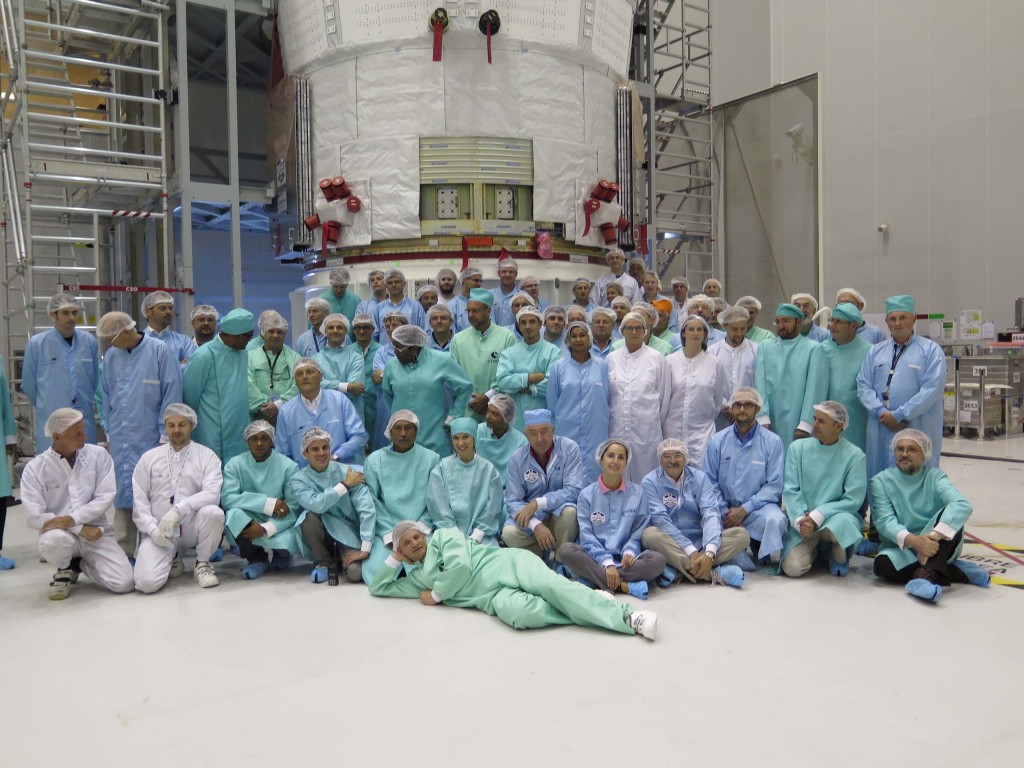

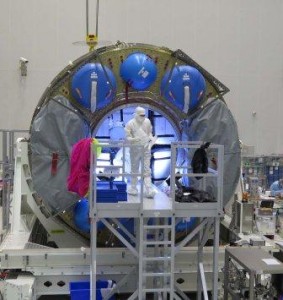
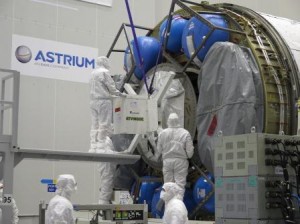

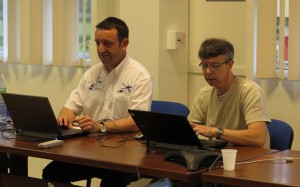


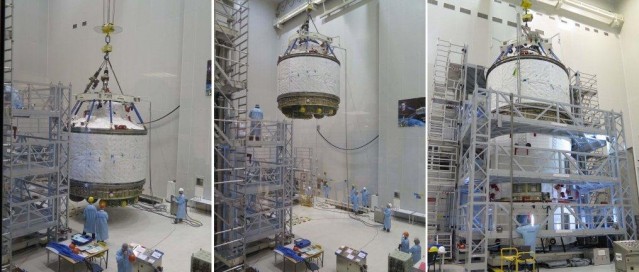
 Automated Transfer Vehicle page
Automated Transfer Vehicle page ATV blog archive
ATV blog archive
Discussion: no comments